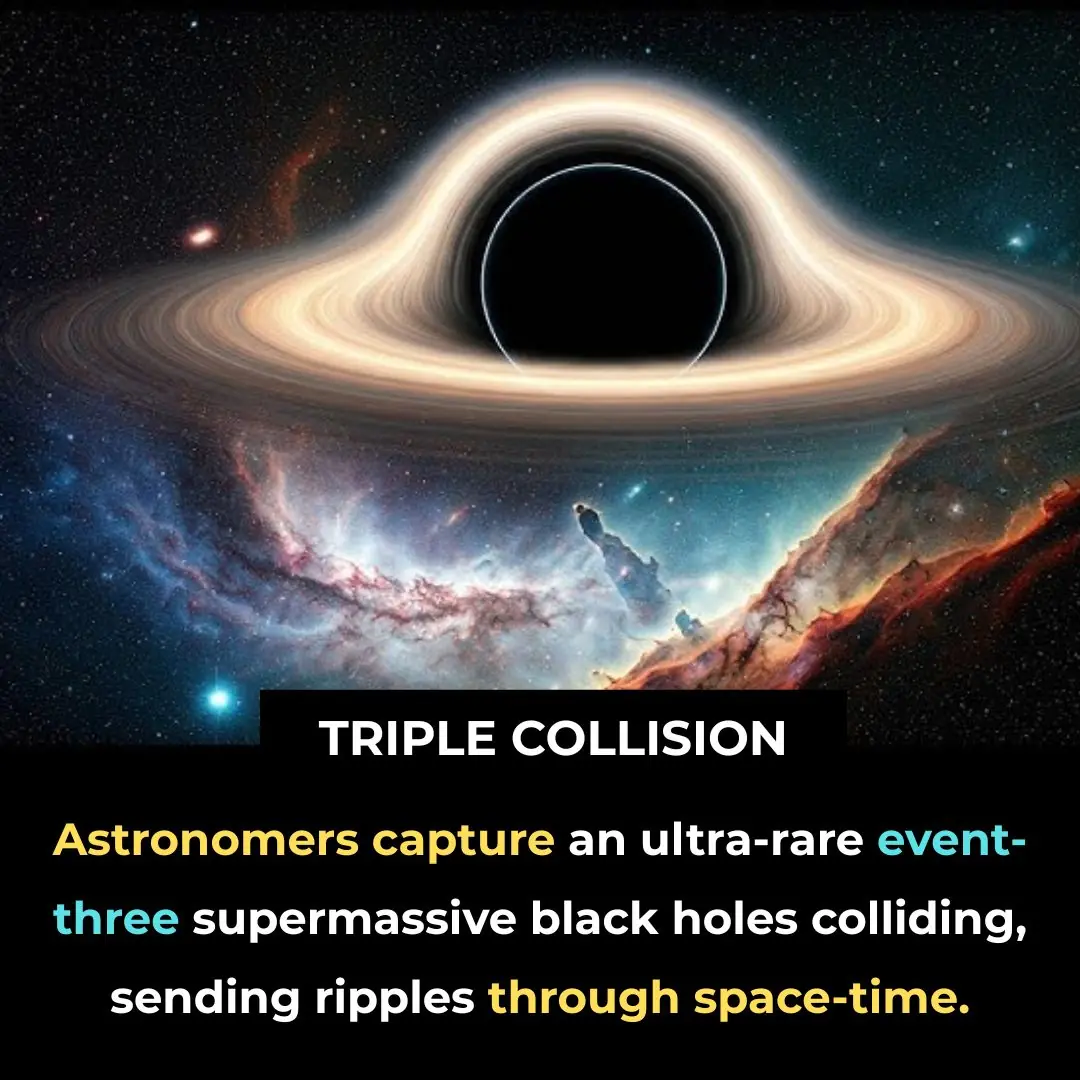
The Sun’s Power: Earth Lives on Just 0.000002%
When you flip on a light switch or feel the warmth of sunlight streaming through your window, you’re experiencing a tiny fraction of the most powerful energy source in our solar system. Remarkably, Earth intercepts and utilizes only 0.000002% of the Sun’s total energy output, yet this minuscule portion drives virtually every process that sustains life on our planet. Understanding this incredible energy relationship reveals the profound efficiency of Earth’s systems and highlights the immense potential of solar energy for our future.
Table of Contents
The Sun’s Incredible Energy Output
The Sun generates approximately 3.8 × 10²⁶ watts of power continuously through nuclear fusion in its core. To put this in perspective, this amount of energy equals burning 100 billion tons of dynamite every second. The fusion process converts roughly 4 million tons of hydrogen into helium each second, with the “missing” mass converted directly into energy according to Einstein’s famous equation E=mc².
This energy radiates outward in all directions as electromagnetic radiation, including visible light, infrared heat, ultraviolet rays, and other wavelengths across the spectrum. The Sun’s surface temperature reaches about 5,778 Kelvin (5,505°C or 9,941°F), while its core burns at an incredible 15 million°C.
Earth’s Solar Energy Reception
Despite the Sun’s enormous output, Earth receives only a tiny fraction due to its distance and size relative to the Sun’s radiating sphere. Located approximately 93 million miles away, our planet intercepts roughly 1.7 × 10¹⁷ watts of solar energy—that seemingly insignificant 0.000002% of the Sun’s total output.
This intercepted energy amounts to about 174 petawatts, which still represents an almost incomprehensibly large amount of power. To understand the scale, consider that global human energy consumption in 2023 was approximately 580 exajoules, or roughly 18 terawatts of continuous power—less than 0.01% of what Earth receives from the Sun.
Solar Energy Distribution on Earth
The solar energy reaching Earth gets distributed through several pathways:
Atmospheric Absorption and Reflection: Approximately 30% of incoming solar radiation gets reflected back to space by clouds, atmospheric particles, and Earth’s surface. Another 20% gets absorbed by the atmosphere, including ozone absorption of harmful ultraviolet radiation.
Surface Heating: About 50% of solar energy reaches Earth’s surface, where it drives weather patterns, ocean currents, and the water cycle. This surface heating creates temperature differences that generate wind patterns and storm systems.
Photosynthesis: Plants capture less than 1% of available solar energy through photosynthesis, yet this small fraction supports virtually all life on Earth by converting carbon dioxide and water into organic compounds.
How This Tiny Percentage Powers Everything
The 0.000002% of solar energy Earth receives drives numerous interconnected systems that make our planet habitable and dynamic.
Weather and Climate Systems
Solar heating creates temperature gradients between different regions, driving atmospheric circulation patterns. Warm air rises at the equator and flows toward the poles, while cool air moves toward the equator, creating trade winds and weather systems. Ocean currents follow similar patterns, distributing heat around the globe and moderating regional climates.
The water cycle depends entirely on solar energy for evaporation from oceans, lakes, and rivers. This evaporated water forms clouds and eventually falls as precipitation, replenishing freshwater sources and supporting terrestrial ecosystems.

Photosynthesis and the Food Chain
Plants use solar energy to convert atmospheric carbon dioxide into glucose and oxygen through photosynthesis. This process not only produces the oxygen we breathe but also creates the foundation of virtually every food chain on Earth. Even fossil fuels represent ancient solar energy, stored by prehistoric plants and organisms millions of years ago.
Primary productivity from photosynthesis supports an estimated 550 gigatons of carbon fixation annually, providing energy for everything from microscopic bacteria to massive whales.
Ocean Dynamics
Solar heating drives ocean currents that regulate global climate patterns. The Gulf Stream, for example, transports warm water northward, keeping Western Europe significantly warmer than it would be otherwise. These current systems also distribute nutrients throughout marine ecosystems and influence weather patterns worldwide.
The Efficiency Question
Earth’s ability to sustain complex life with just 0.000002% of the Sun’s energy demonstrates remarkable efficiency in natural systems. This efficiency comes from several factors:
Energy Recycling: Natural systems excel at recycling and reusing energy through multiple pathways. The carbon cycle, nitrogen cycle, and water cycle all represent efficient energy and material recycling systems.
Cascade Effects: Small amounts of solar energy create cascade effects through atmospheric and oceanic systems, amplifying their impact far beyond the initial energy input.
Storage Systems: Oceans store vast amounts of thermal energy, moderating temperature changes. Similarly, the atmosphere stores energy that gets released during weather events.
Implications for Solar Energy Technology
Understanding Earth’s relationship with solar energy highlights the enormous potential for solar power technology. Current photovoltaic solar panels typically convert 15-22% of received sunlight into electricity, while concentrating solar power systems can achieve higher efficiencies.
Even capturing a tiny fraction of available solar energy could meet all human energy needs. For example, covering just 1% of the Sahara Desert with solar panels could theoretically generate enough electricity to power the entire world.
Solar Technology Advancement
Modern solar technology continues improving efficiency while reducing costs. Perovskite solar cells show promise for exceeding 40% efficiency, while concentrated solar power systems can store energy for use after sunset.
Distributed solar installations allow individual buildings to generate their own power, reducing transmission losses and grid dependence. Community solar projects enable shared renewable energy access even for those who cannot install panels on their property.
Future Energy Perspectives
As we face climate change challenges and growing energy demands, understanding our planet’s solar energy relationship becomes increasingly important. The Sun provides more than 10,000 times the energy humanity currently consumes, suggesting abundant potential for sustainable energy development.
Space-based solar power represents one frontier for capturing more solar energy by avoiding atmospheric losses. Orbital solar installations could potentially capture and beam energy to Earth using microwave transmission.
Advanced materials research focuses on creating more efficient photovoltaic cells and energy storage systems. Quantum dot solar cells, organic photovoltaics, and other emerging technologies may dramatically improve solar energy conversion efficiency.
Conclusion
Earth’s existence on just 0.000002% of the Sun’s energy output reveals both the incredible power of our nearest star and the remarkable efficiency of natural systems. This tiny fraction drives weather patterns, ocean currents, photosynthesis, and every aspect of life on our planet. As we develop renewable energy technologies, this relationship reminds us that abundant clean energy surrounds us—we simply need better tools to capture and utilize it effectively.
The Sun’s power offers hope for sustainable energy solutions that could meet human needs while preserving Earth’s natural systems. By learning from nature’s efficiency and developing advanced solar technologies, we can harness more of this abundant resource to create a cleaner, more sustainable future.
News in the same category


iPhone users issue warning on what to do if you get the 'caution' icon on your device

PlayStation 6 leak suggests release date could be much sooner than expected

Rolling Stone sues Google over AI summaries in landmark lawsuit
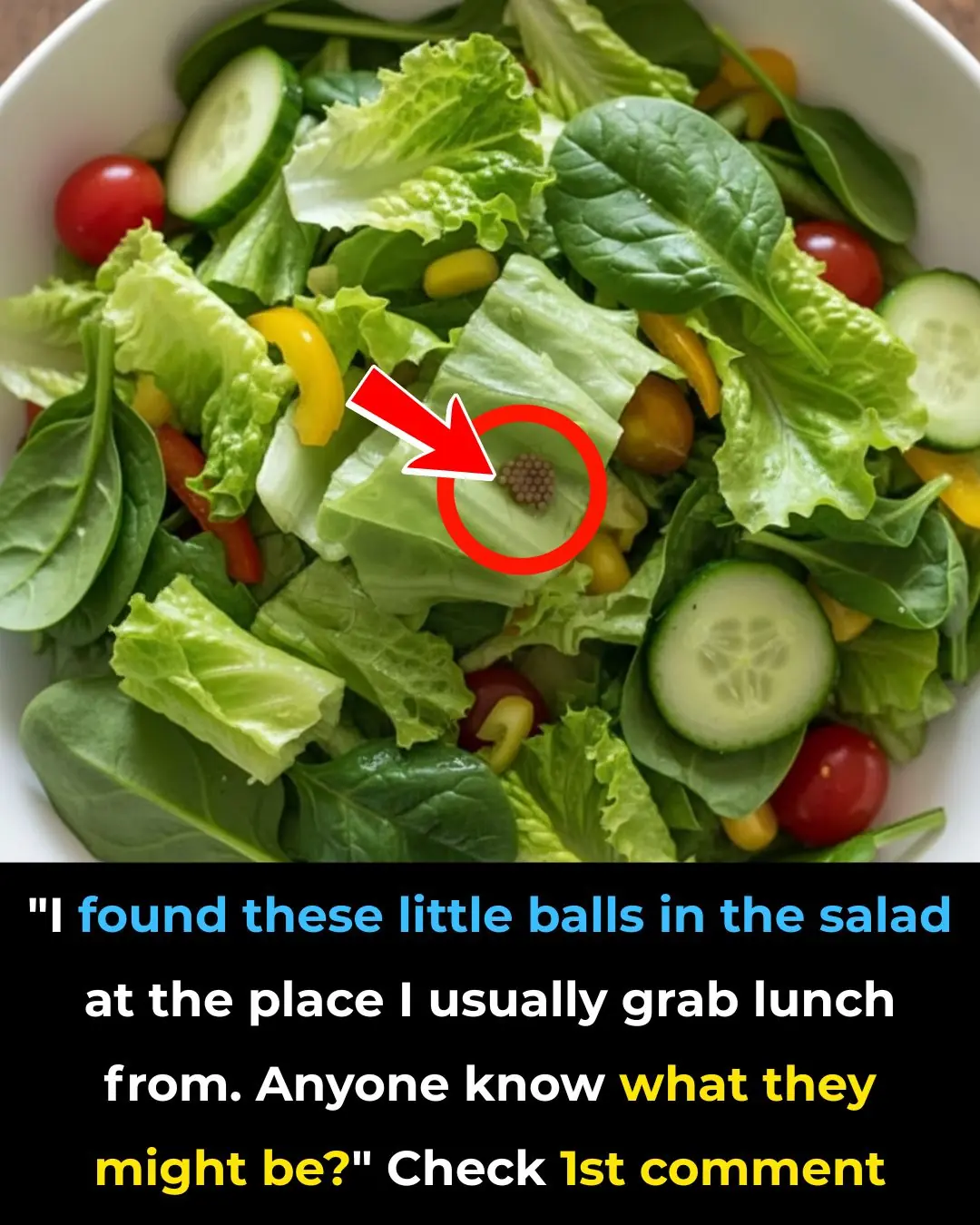
Tiny Brown Balls in Your Salad

A Man Held His Breath Underwater for 29 Minutes, Shattering the World Record and Even Surpassing Most Marine Mammals

Everywhere Cannabis Could Be Legalised in US as Trump Considers Major Law Change

Should You Peel Ginger Before Eating? The Shocking Truth Everyone Needs to Know
he peel is not harmful; in fact, it carries unique benefits. By using ginger correctly and storing it properly, you can unlock its full potential for boosting immunity, improving circulation, and keeping your
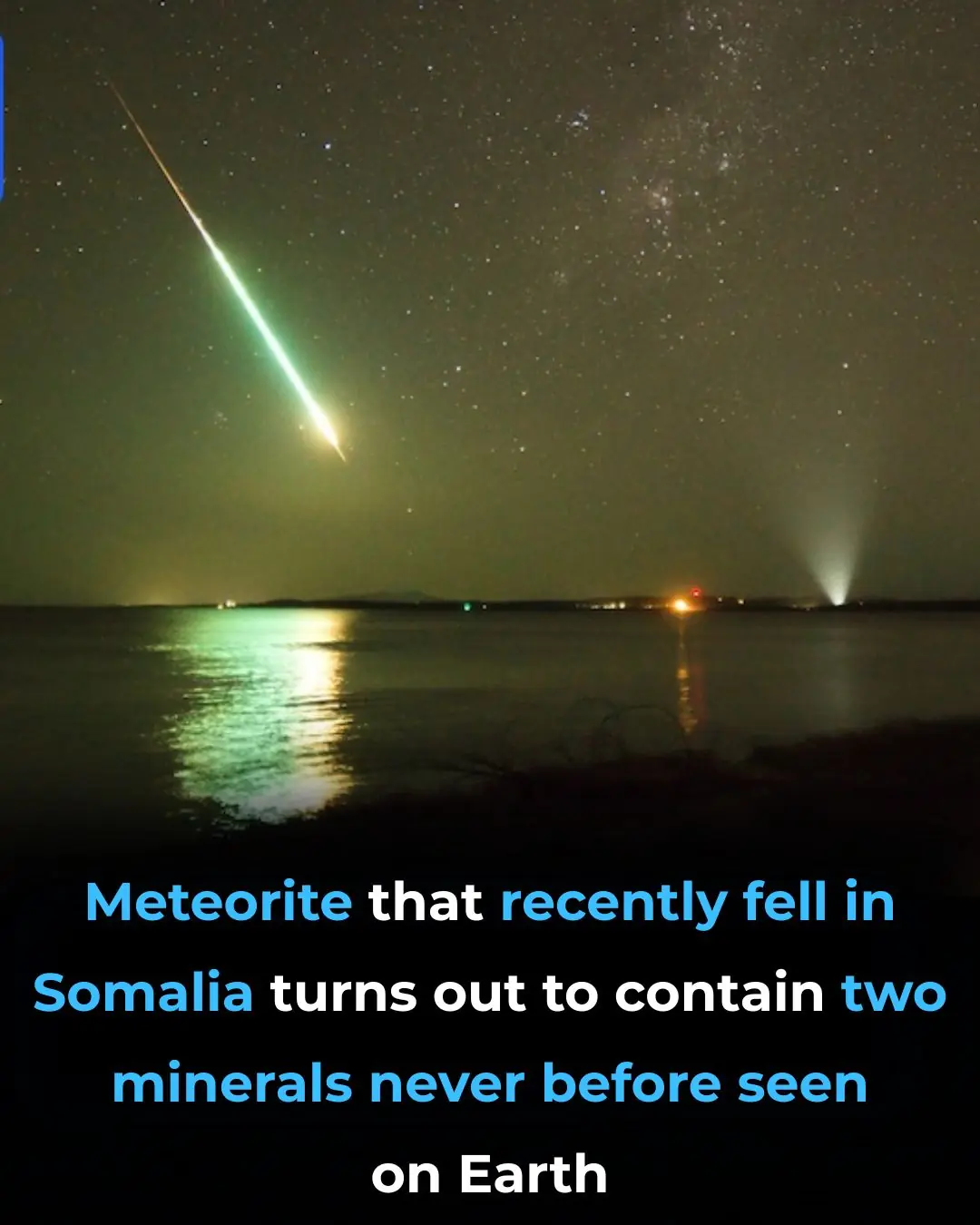
Meteorite That Recently Fell in Somalia Turns Out to Contain Two Minerals Never Before Seen on Earth

A Touch of Viking Brilliance: Moss-Carpeted Homes in Norway

What Millions of Years Look Like in One Photo (Well, Not Exactly)
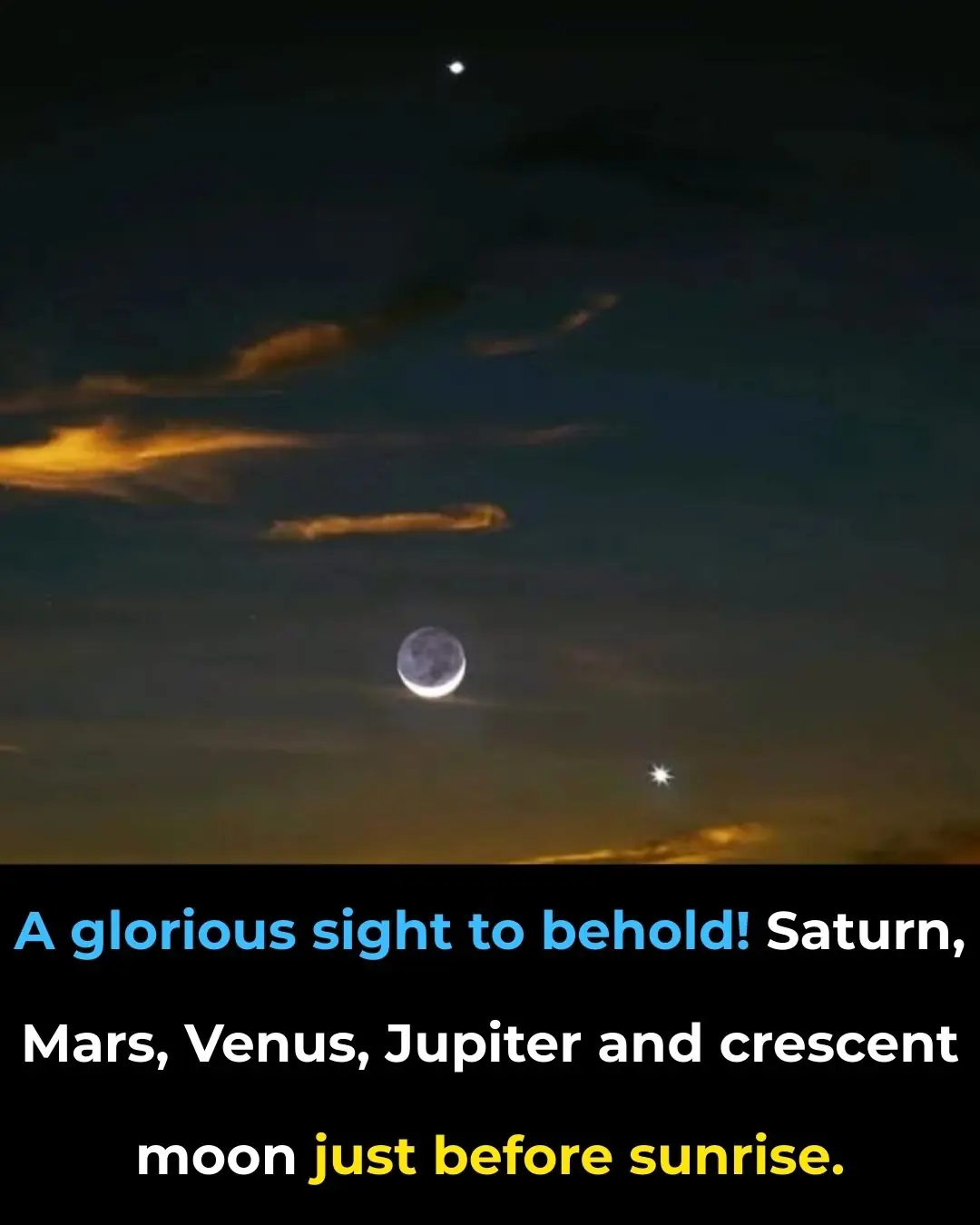
NASA Has Just Released 2,540 Gorgeous New Photos of Mars

Friendship Between Wolf And Bear Documented By A Photographer
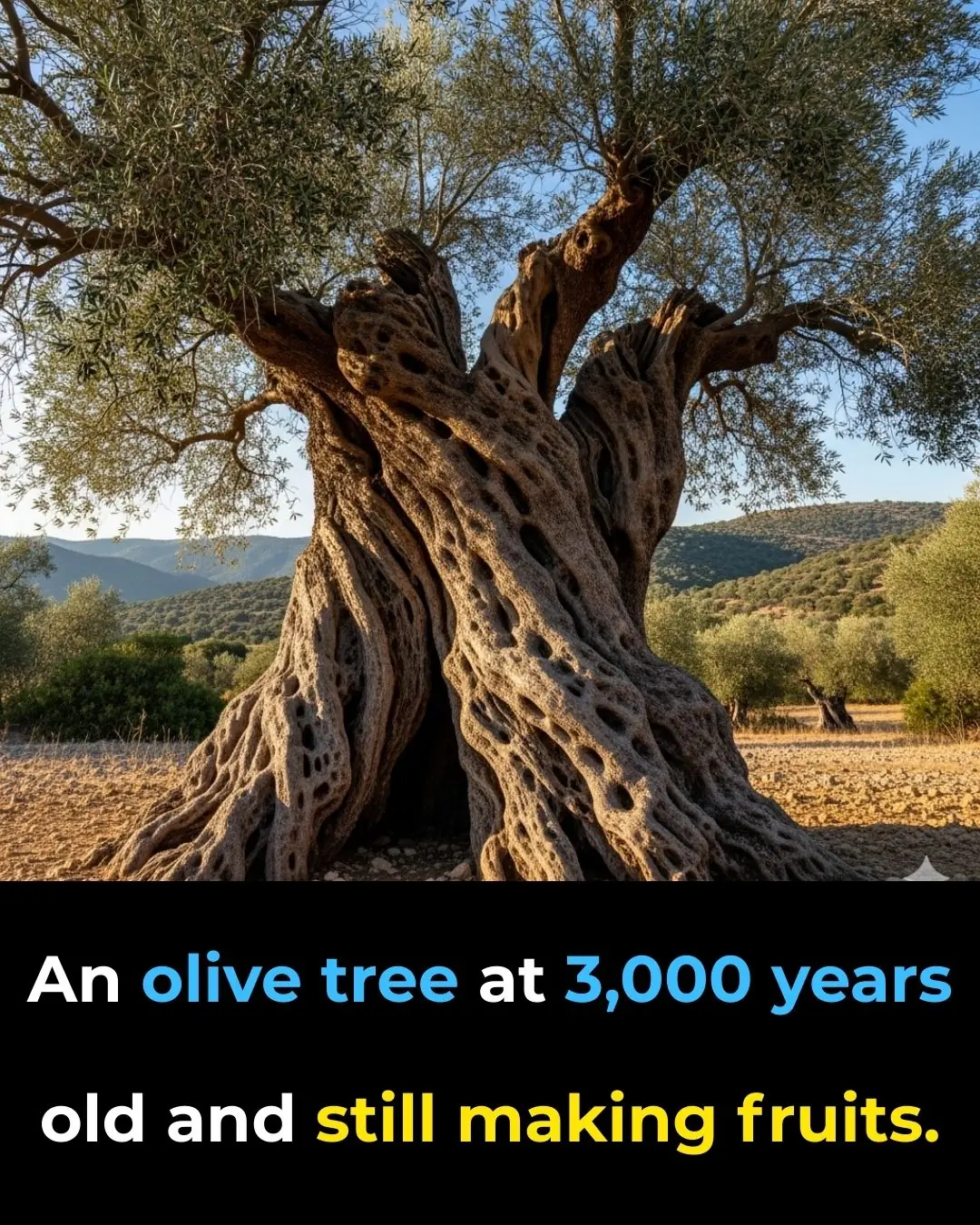
3,000-Year-Old World’s Oldest Olive Tree on the Island of Crete Still Produces Olives Today

Security feature you should make sure is always enabled on your Android smartphone

Guy Mocked for Dating 252-lb Woman

Homeowner Resumes Backyard Treasure Hunt
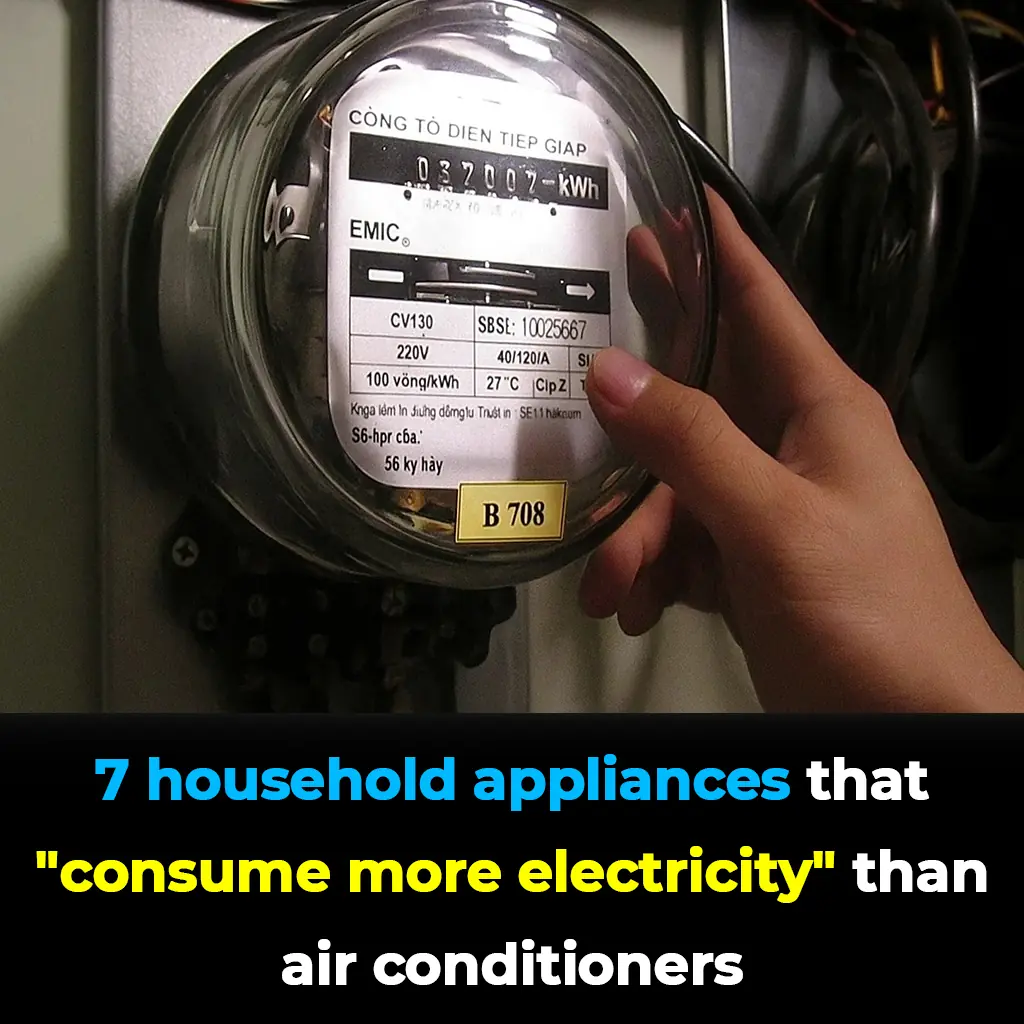
7 Household Appliances That Drain More Power Than Your Air Conditioner—And Why I Regret Owning Them All
From constant-use devices like refrigerators to high-powered kitchen tools, every household has hidden electricity traps.
News Post

Universe Shaken: Rare Triple Black Hole Merger Sends Ripples Through Space-Time
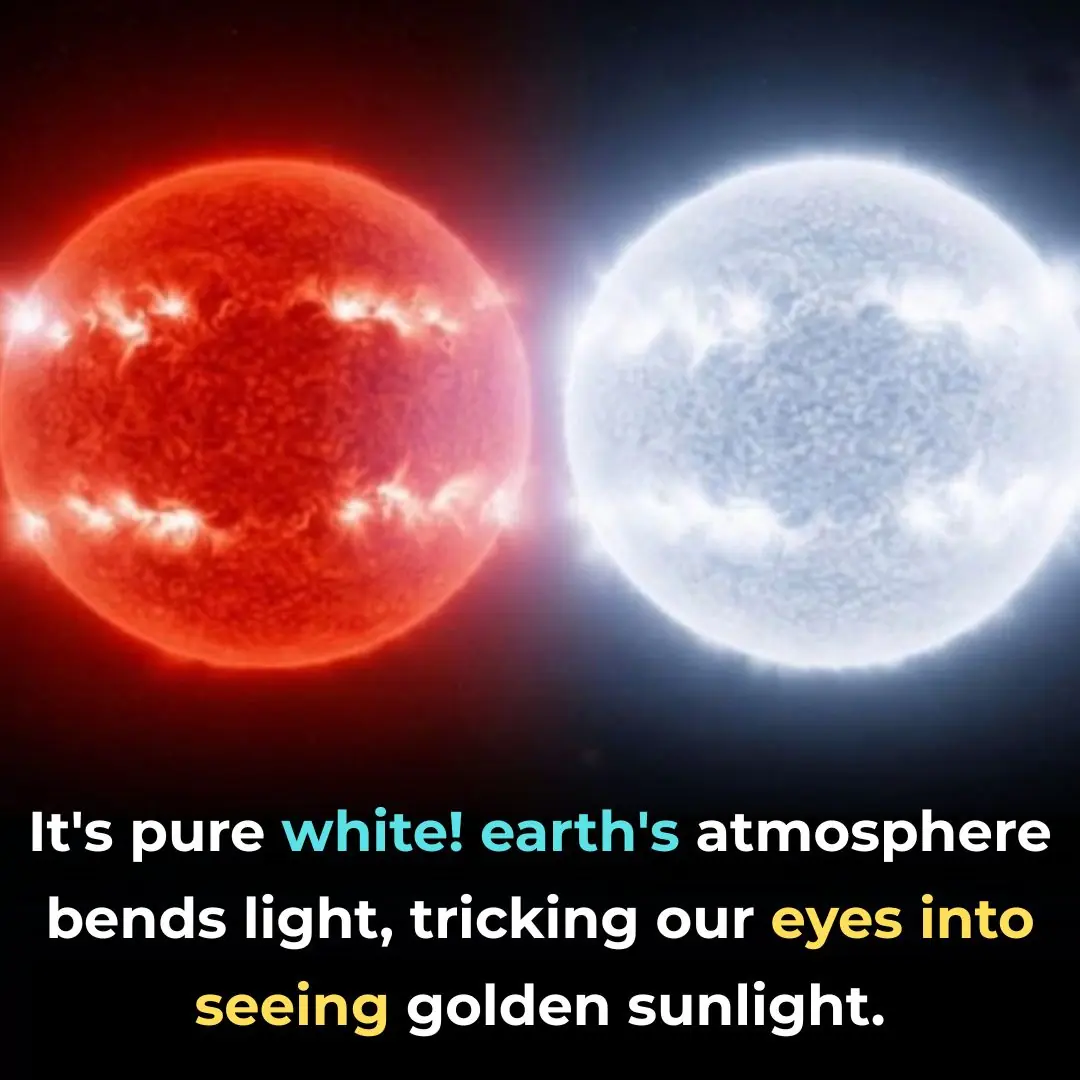
The Sun Isn’t Yellow—It’s Pure White

iPhone users issue warning on what to do if you get the 'caution' icon on your device

PlayStation 6 leak suggests release date could be much sooner than expected

Rolling Stone sues Google over AI summaries in landmark lawsuit

Tips to clean greasy, yellow pot lids without chemicals: Simple, effective, and time-saving
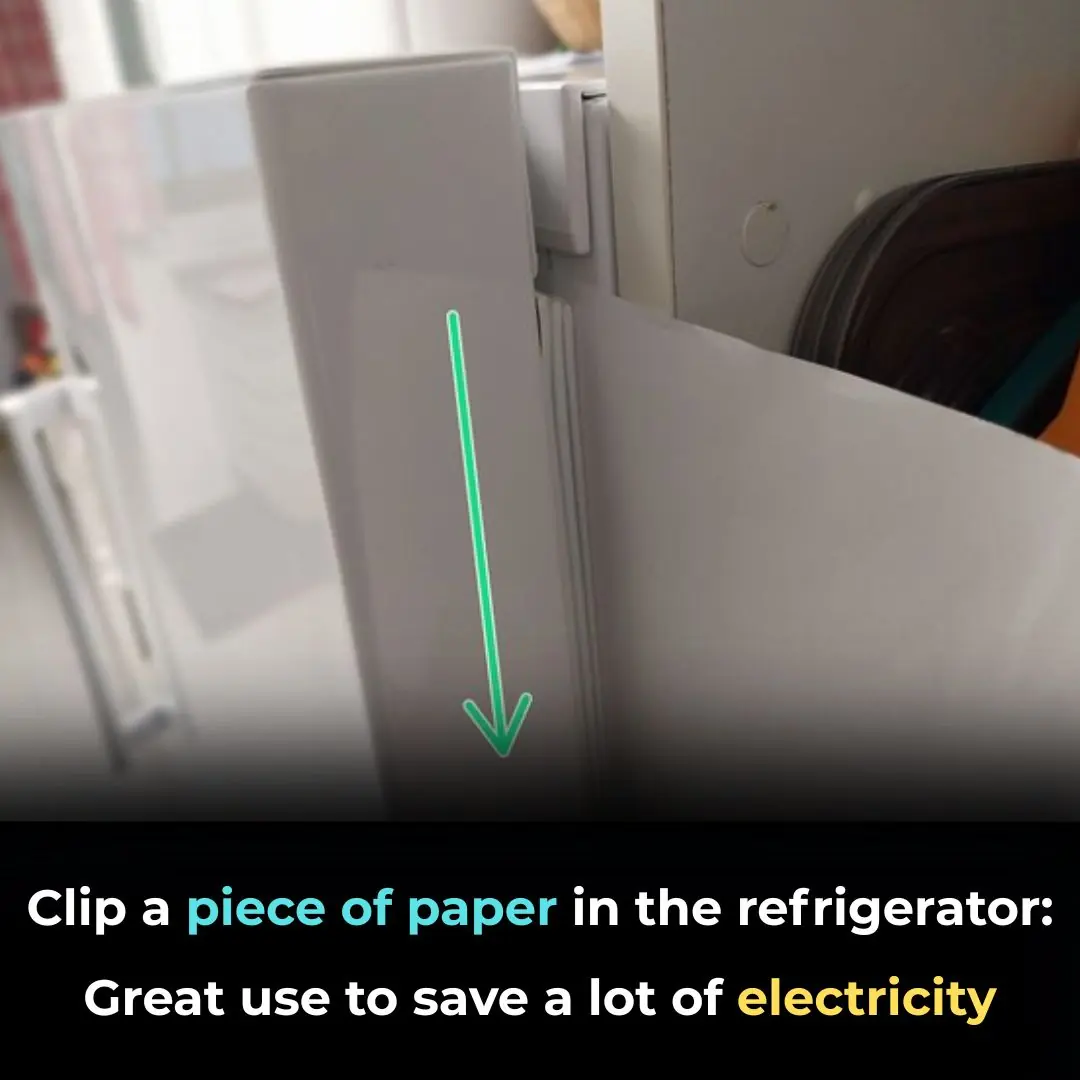
Clip a piece of paper in the refrigerator: Great use to save a lot of electricity

The effect of stewed chicken feet with black beans is as good as ginseng
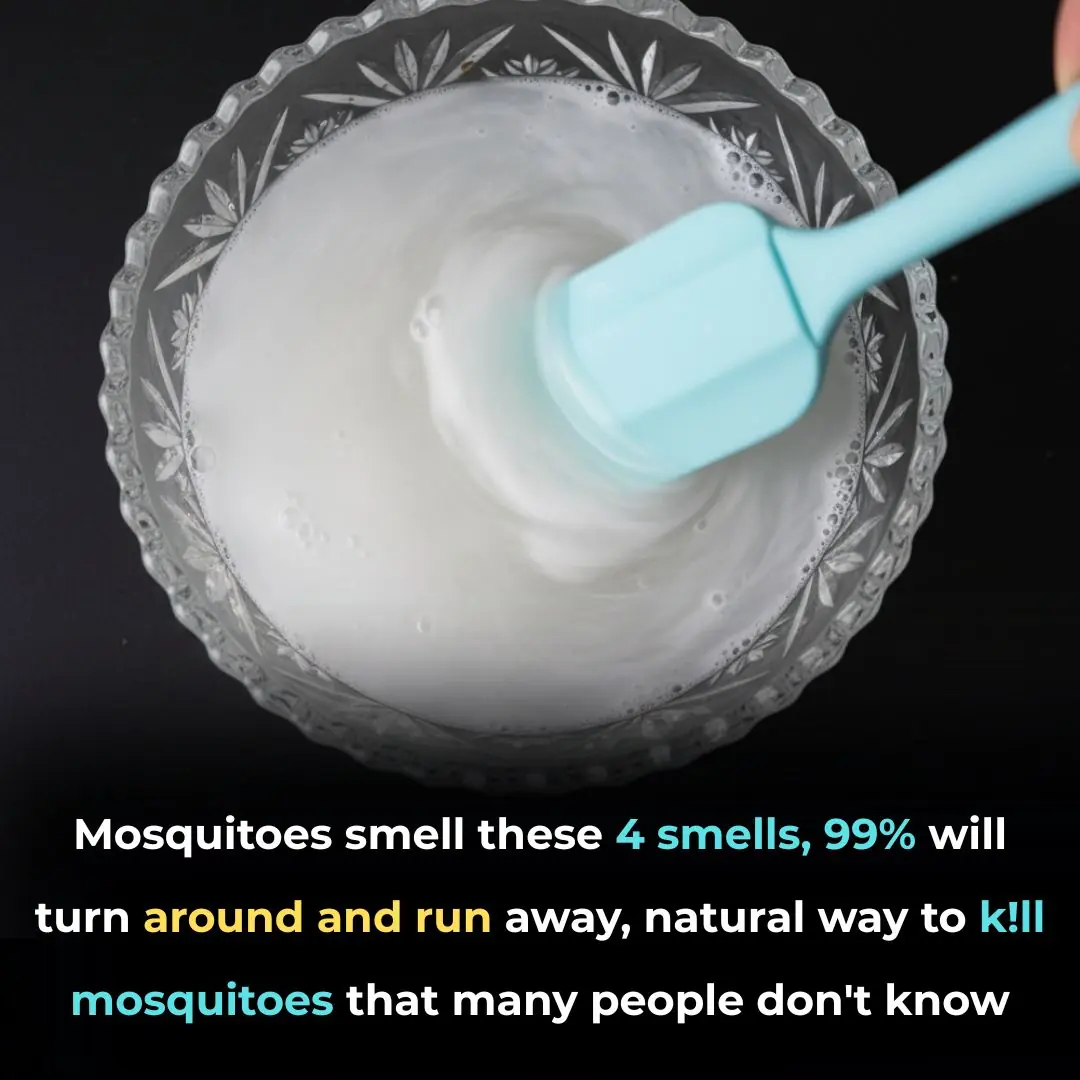
Mosquitoes smell these 4 smells, 99% will turn around and run away, natural way to kill mosquitoes that many people don't know

Put ginger next to your pillow when sleeping: A simple secret for good health and sleep

It turns out that mosquitoes are most afraid of "it". Take this and stick it in a lemon and leave it in the corner of the house. The mosquitoes will go away and never come back.

Things People Do That Put Themselves Closer to a Stroke

6 types of fruit that help 'cleanse' the uterus, women in their 40s will see the difference immediately when they eat them
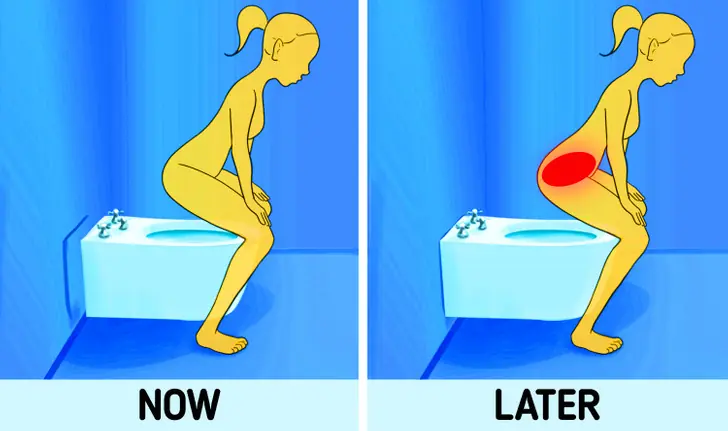
The Harmful Effects of Squatting Over a Toilet 🚽
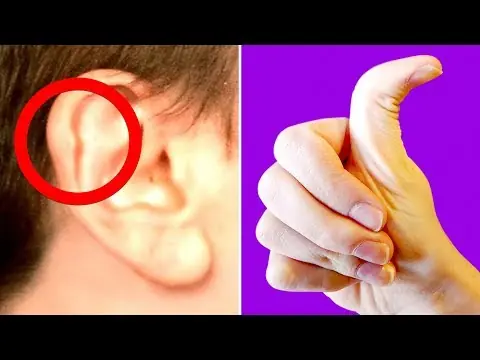
Rare Body Features That Show Just How Incredible the Human Body Is

Chia seeds are as good as a 'miracle drug' but 5 groups of people need to be especially careful when using them to avoid bringing disaster upon themselves

Proven Health Benefits of Dates

Man Suffers a Stroke from Bathing After a Meal: 3 Things You Should Never Do
